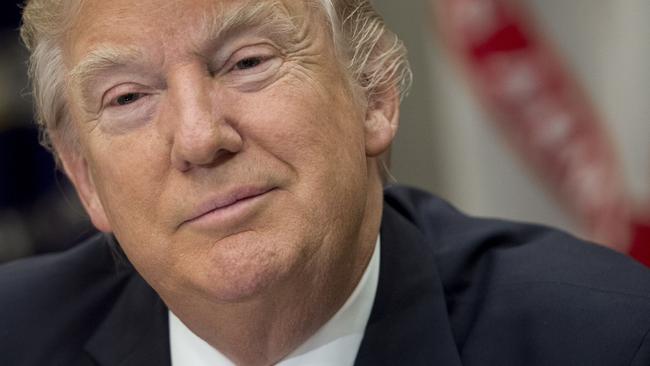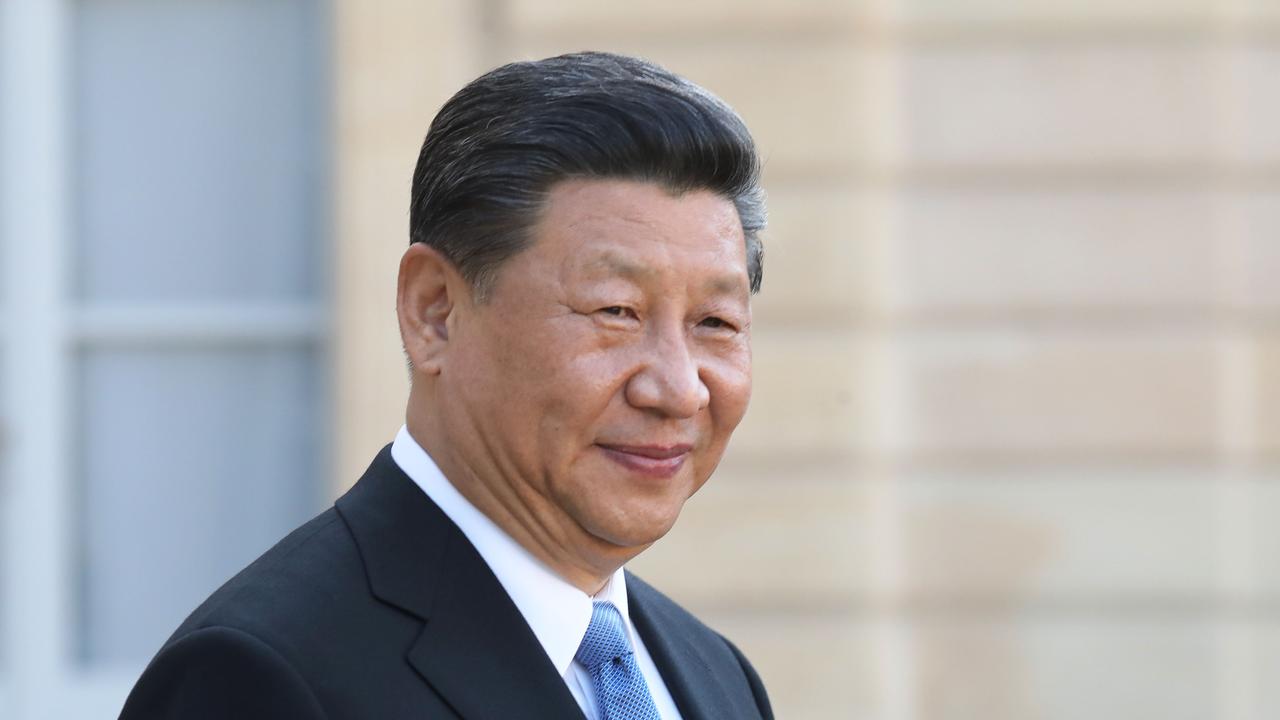The Trump effect could trigger voter backlash
Not so long ago, Trump was such an unconventional figure that he could bust apart traditional partisan alliances.

It was possible, not so long ago, to imagine Donald Trump to be such an unconventional figure that he could bust apart traditional partisan alliances and use his populist approach to create new kinds of political coalitions.
However, as the US President gets set to appear before a joint session of congress for the first time today, that possibility seems a long way off.
Instead, just more than a month into his term, Trump stands as an exceptionally polarising figure. He inspires intense support among his admirers and equally intense animosity among his detractors, with remarkably few Americans standing in the middle without a strong view.
Everybody appears to have an opinion about Trump, and those opinions already appear to be locked in.
Perhaps more surprising for this non-traditional political figure, this polarisation is falling along traditional partisan lines, with those calling themselves Republicans lining up solidly behind him and those calling themselves Democrats lining up solidly against him. That may be the biggest sign that he is well on his way to remaking the composition of the two political parties.
Out in the country, if not necessarily in Washington, it appears that Republicanism is increasingly defined as support for Trump, while being a Democrat is being defined as opposing Trump.
For the President and the legislators arrayed before him in the Capitol today, this picture poses some stark challenges. How can anyone find bipartisan common ground in such an environment?
To the extent it once seemed Democrats actually would agree with Trump’s impulse to spend hundreds of billions of dollars on job-producing infrastructure projects, or his quest for a new path on trade, has that possibility already evaporated?
In short, is the country already locked into an entirely new but equally paralysing phase of political polarisation?
Those questions emerge this week in a Wall Street Journal/NBC News poll. Almost nine in 10 self-identified Republicans, and just over nine in 10 Trump voters, say they approve of the job the President is doing, while almost nine in 10 Democrats, and just over nine in 10 Hillary Clinton voters, say they disapprove of his job performance.
Usually, at such an early stage in a presidency, a fair number of Americans say they just aren’t sure yet what they think of the job their new president is doing. Yet now, just 8 per cent say they aren’t sure whether they approve or disapprove of the job Trump is doing.
Similarly, it would be normal for a large chunk of Americans to hold positive views of even a new president they did not agree with. At this stage of Republican George W. Bush’s presidency, one-third of Democrats said they had positive feelings toward the new White House occupant. By the same token, at this phase of Barack Obama’s presidency, one-third of Republicans said they had positive feelings toward the new Democratic president.
Today? Only 9 per cent of Democrats say they have positive feelings about Trump.
This picture creates some problems for the legislators who will assemble in the Capitol for Trump’s address. Congressional Republicans have the numbers, barely, to power through pieces of a Trump agenda on their own, just as Democrats, early in Obama’s term and with bigger majorities, powered past unified Republican opposition and passed an economic stimulus package and the Affordable Care Act.
But the Democratic president and his party discovered over time that the complete absence of bipartisan support provides a fragile foundation for big and important national initiatives — a problem illustrated starkly at loud and angry town halls filled by opponents of the health law in the summer of 2009. Ultimately, the stiff GOP antipathy toward Obama’s agenda rallied conservatives and fuelled Democrats’ big losses in mid-term elections in 2010 and 2014.
Fast-forward to today. Trump and Republicans in congress may be able to muscle through on their own big changes to the Affordable Care Act, a broad tax cut, billions of dollars to fund that controversial wall along the Mexican border and a budget likely to call for a big jump in military spending and significant cuts in some domestic programs. Yet even some Republicans are squeamish about details of that agenda, and the raucous town-hall meetings members of congress have held in recent days have put them on notice that changes in the health program, in particular, carry some significant risks.
Those risks could be diminished if Trump could find some common ground with Democrats. But it isn’t clear that Democrats, whose grassroots supporters now demand wall-to-wall opposition to all things Trump, are even interested. Their animosity toward the man, and toward his appointees in areas such as the environment and education, seem to be blocking potential common ground elsewhere.
The bottom line is this: political polarisation helped produce the voter anger that in turn produced President Trump.
A new version of the same old cycle may be starting.
The Wall Street Journal



To join the conversation, please log in. Don't have an account? Register
Join the conversation, you are commenting as Logout